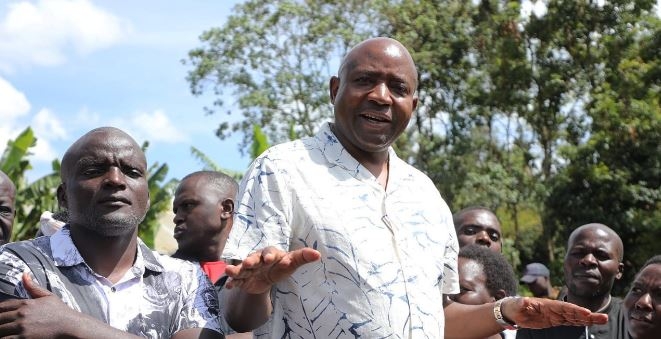
Having navigated the precarious intersections of donor dependency, fragile healthcare systems, and the unrelenting burden of disease in LMICs, we should view healthcare financing not merely as a matter of numbers but as a litmus test of political will, strategic foresight, and institutional courage. The arc of innovation in healthcare financing in LMICs is neither sudden nor smooth; it has been nudged forward by necessity, refined by trial, and often hobbled by inertia.
When donor aid began to plateau around 2010 and decline by 2015, it was not a surprise; it was a long-anticipated funeral guest wailing in grief, “build sustainable systems or be left to patchwork solutions.”
Healthcare leaders and well-fed technocrats shrugged it off, hoping the next Gavi window or PEPFAR tranche would buy more time. LMICs found themselves in a crisis with no blueprint. The assistance taps, once flowing through disease-specific vertical programs and other support, started sputtering.
The real tragedy was not the retreat of donor money, but the hesitance to confront it with courage, creativity, and homegrown solutions. LMICs had become structurally dependent on external funding, and donor dependency had become a comfort zone, breeding stagnation.
As funding dried up, we began to see the roll-out of what the funders euphemistically called innovative financing mechanisms. The term sounded promising, bold, modern, and disruptive, but behind the buzzwords, these models were neither new nor particularly tailored to local realities.
Performance-Based Financing (PBF), for example, took off in countries like Rwanda and Burundi. In some contexts, it aligned incentives and sparked improvements, while in others, it became a rigid metrics game for chasing indicators instead of outcomes.
Then came sin taxes, impact bonds, matching funds, health insurance expansions, Public Private Partnerships (PPPs) and blended finance facilities. Some looked promising, others suspiciously privatised risk disguised as a public good.
The Lesotho PPP hospital, despite its controversies, at least dared to ask, “Can the private sector help us leapfrog into modern health infrastructure?”. Similarly, the India cataract surgery Development Impact Bond (DIB) brought Wall Street logic into community eye care, a spectacle, quite literally. Sin taxes on alcohol, tobacco, and sugary drinks have the dual benefit of saving lives and collecting revenue.
But in countries where sugar is political capital and alcohol sponsors national sports, implementing them is like asking a lion to go vegan-the more the tax, the more the sinning! Blended finance, though conceptually elegant, too often blends the public’s risk with private gains.
Health insurance schemes were launched with political fanfare, but lacked the actuarial depth or institutional trust to thrive. But herein lies the sustainability paradox: innovation was often externally conceptualised, donor-driven, and elite-designed, then parachuted into LMICs like software updates never requested. In many cases, the risk remained public while the returns stayed private. When hospitals become investment portfolios, the patient often becomes a line item, not a life.
True innovation in LMICs' healthcare financing requires local, frugal solutions tailored to context, driven by necessity, and sustained by community ownership.
As LMICs leap into these “innovative” futures and scramble to fund Universal Health Coverage (UHC) and pandemic preparedness, the core questions are: who bears the risk, and who reaps the reward? Are they shifting burdens to already overstretched citizens? Are they asking the poor to prepay for care they may never receive, while investors demand guaranteed returns?
In many LMICs, “innovation” often means the poor are asked to prepay for care they never received, while the financiers get guaranteed returns for outcomes they barely understand.
That’s not innovation, that’s injustice. Healthcare financing justice means recognising that systems are only sustainable when they are also equitable.
It’s not just about finding money, but ensuring the money flows in a way that centres dignity, access, and accountability while reimagining responsibility, redistributing risk, strategically purchasing, and ensuring that every dollar buys not just services, but sovereignty, dignity, and sustainability. It is time for LMICs to move beyond fiscal dependency and policy mimicry.
Starved of donor aid in 2025, LMICs must invest in domestic resource mobilisation without crushing the vulnerable, embracing RBF, but measure what matters to people, not just donors, partner with the private sector on terms that prioritise public good and build robust public financial management systems that can track, protect, and direct funds where they are most needed.
Innovation must no longer be an import; it must be forged in the heat of LMICs’ struggles, led by their own thinkers, and funded by strategies they can sustain morally, politically, and economically.
Dr. Mugambi is a healthcare leadership scholar at the University of Oxford’s prestigious Saïd Business School and the Nuffield Department of Primary Care Health Sciences. He is reachable at [email protected].















